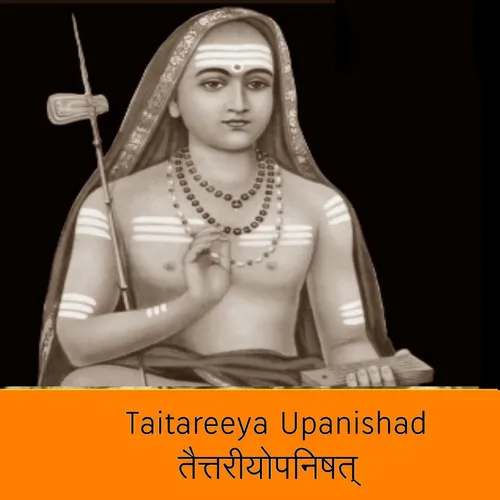
Taittareeya Upanishad
The Taittiriya Upanishad, part of the Yajur Veda, primarily focuses on the concept of Brahman as the ultimate reality, describing it as "Truth, Knowledge, and Infinite Bliss," and explaining that everything in the universe, including the individual self, is a manifestation of this Brahman; it notably introduces the "five sheaths" theory, detailing different layers of human consciousness, from the physical body to the pure Self, and emphasizes the importance of seeking liberation through understanding and realizing this underlying unity through practices like meditation and self-inquiry.
Divided into three sections: Siksha Valli (focuses on phonetics and pronunciation), Brahmananda Valli (discusses the nature of Brahman), and Bhrigu Valli (narrates the story of Bhrigu, who attains realization of Brahman through penance)
The core message is that the true self is Brahman, which is beyond the limitations of the physical world and can be accessed through spiritual practice and self-knowledge
- Update frequency
- every 3 days
- Average duration
- 92 minutes
- Episodes
- 52
- Years Active
- 2024 - 2025
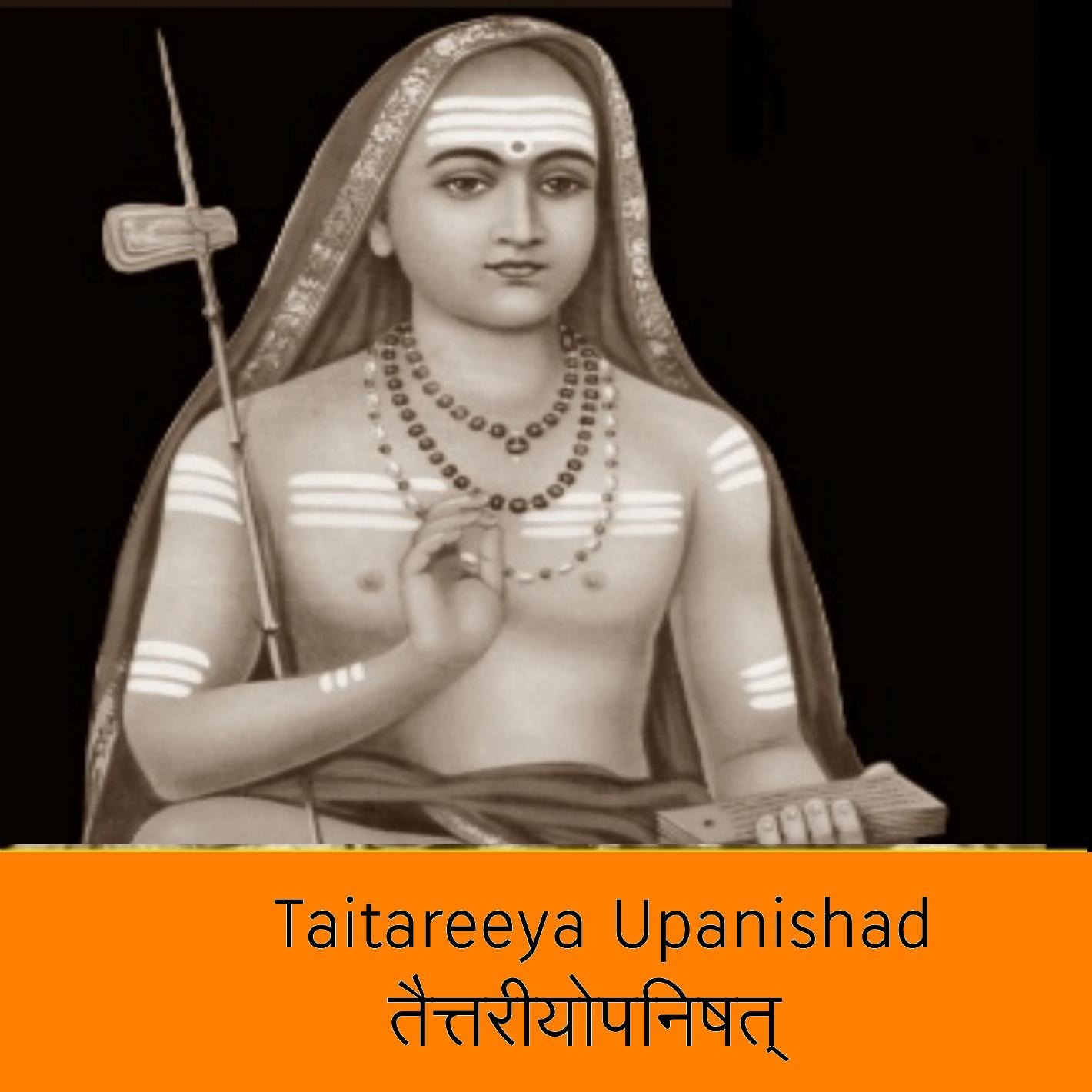
Taittareeya Upanishad 32
Fear is a product of ignorance and if there is even an iota of separation or difference is there , one will have fear from the otherness. In this episode the Upanishad is giving the cause and remedie…

Taittareeya Upanishad 31
Continuing the seventh Anuvak on the Brahman being the world of experience, which was in the unmanifested form before the experience of waking and dream appears as manifested worlds with name,form an…

Taittareeya Upanishad 30
Seventh Anuvak started with the explanation on how and why of the Un-Manifest is the same which is now as manifested as the name and forms. Also the essence of the Un-Manifested is the bliss or happi…

Taittareeya Upanishad 29
Continuing the sixth anuvak of Chapter 2 discussion is on the concluding part where the details of names and forms and their relationship with Brahman.
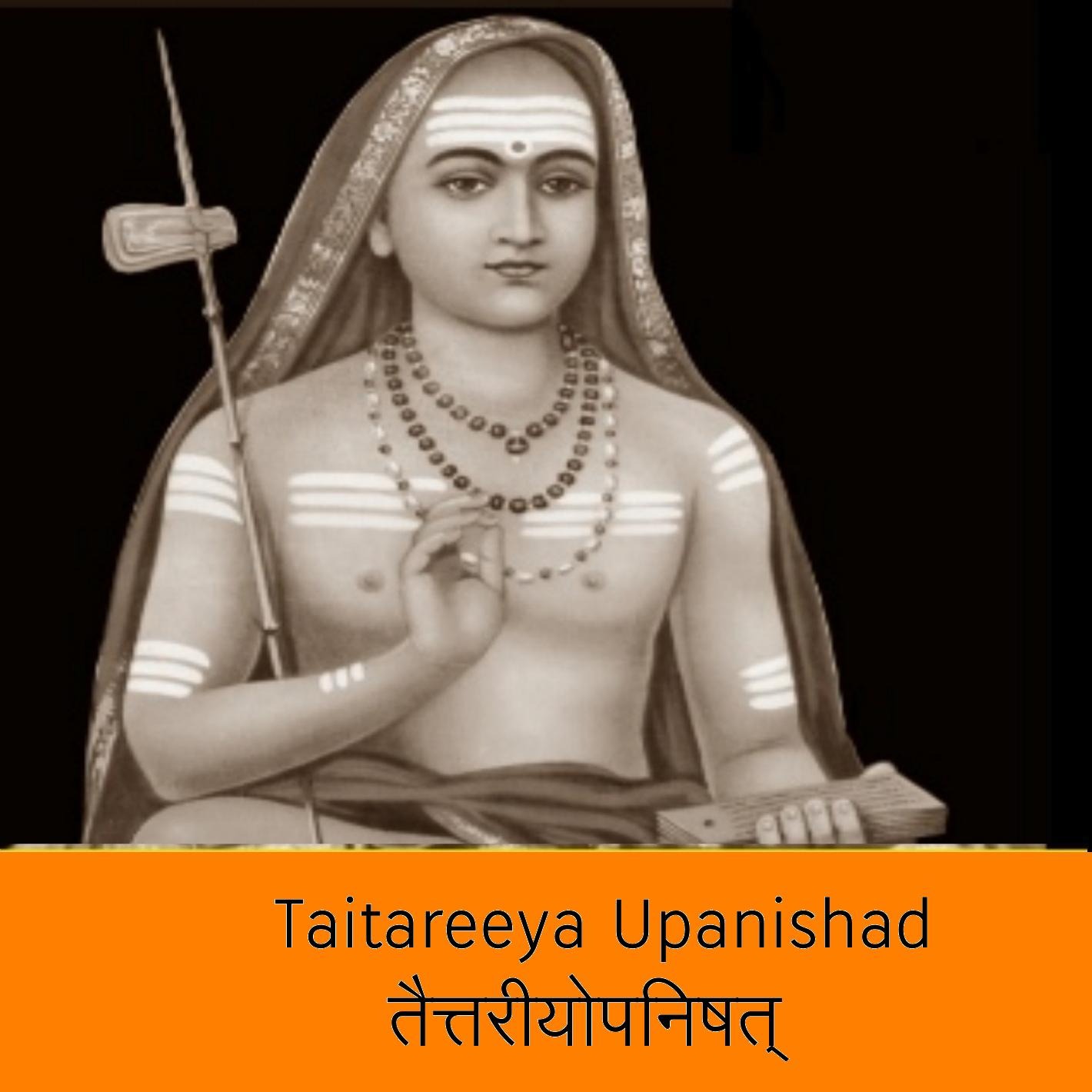
Taittareeya Upanishad 28
Continuing the discussion on the term "Tat Srshtva tad eva anupravisat,i.e having created the multiverse It entered in them"
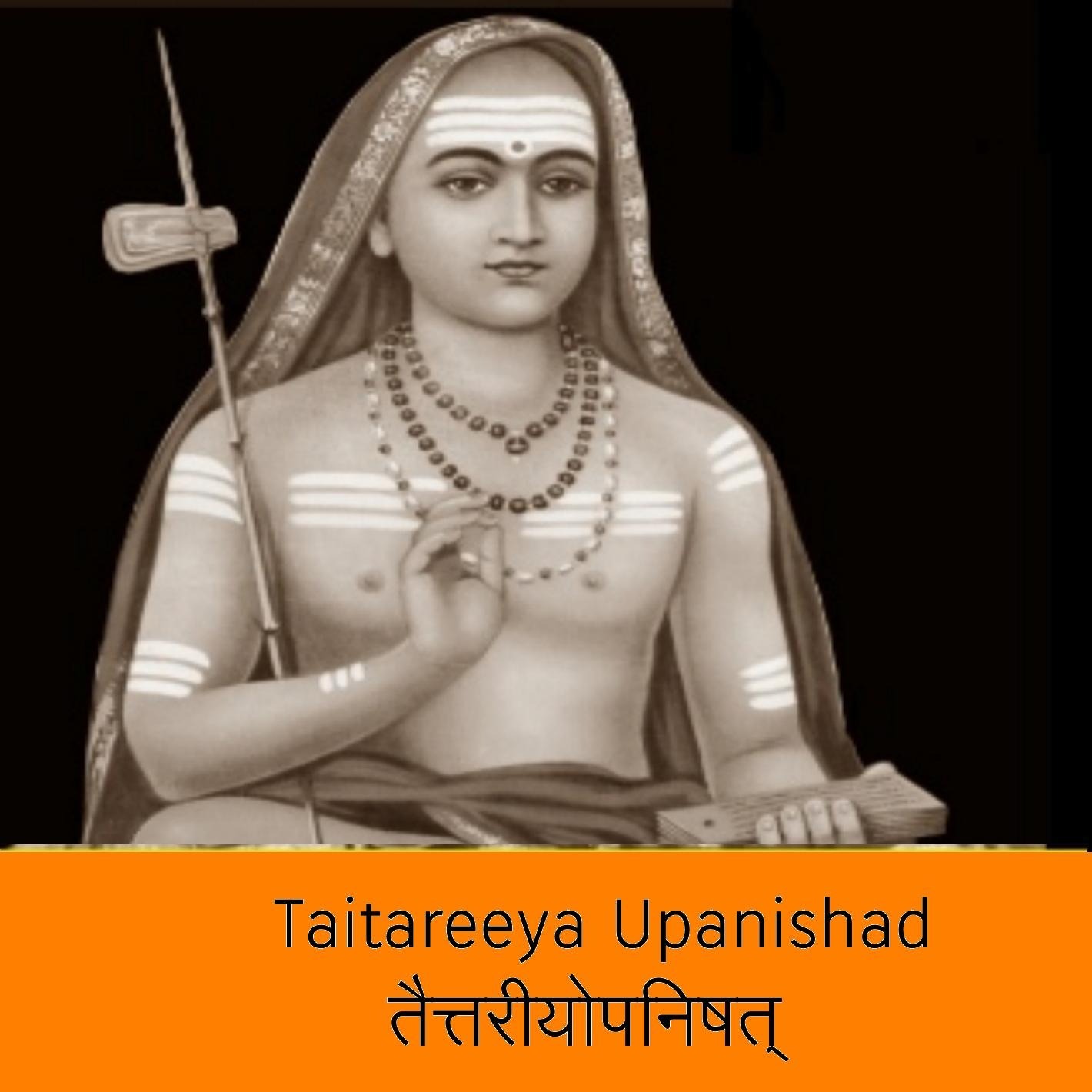
Taittareeya Upanishad 27
"Tatsrushtva tadevanupravisat" i.e "That Having created (the world) entered it" is being discussed to know the difference between the literal meaning and the intended meaning.
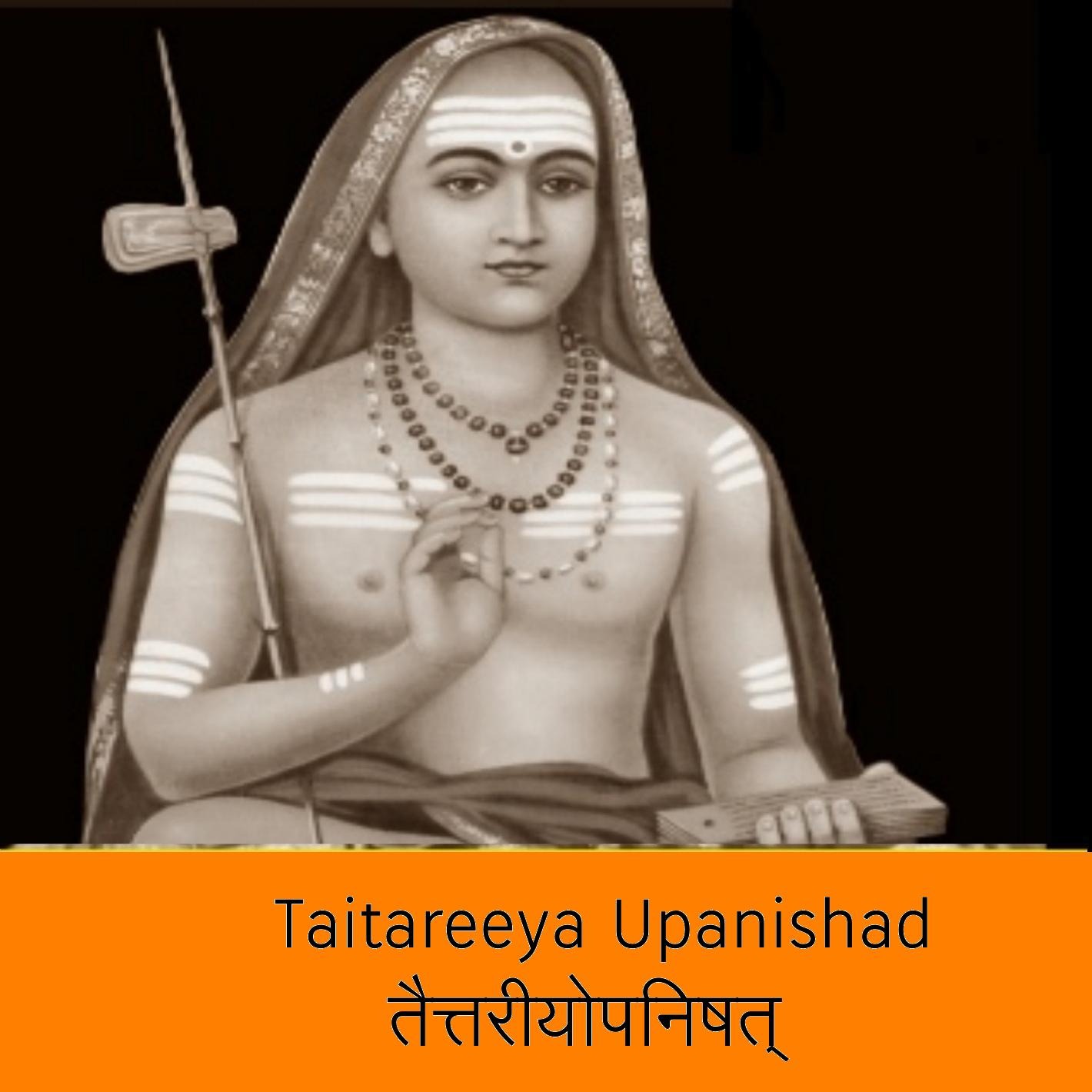
Taittareeya Upanishad 26
Continuing the discussion on Anuvak 06 on Tat Srshtva tad eva anupravisat,i.e having created the multiverse It entered in them.
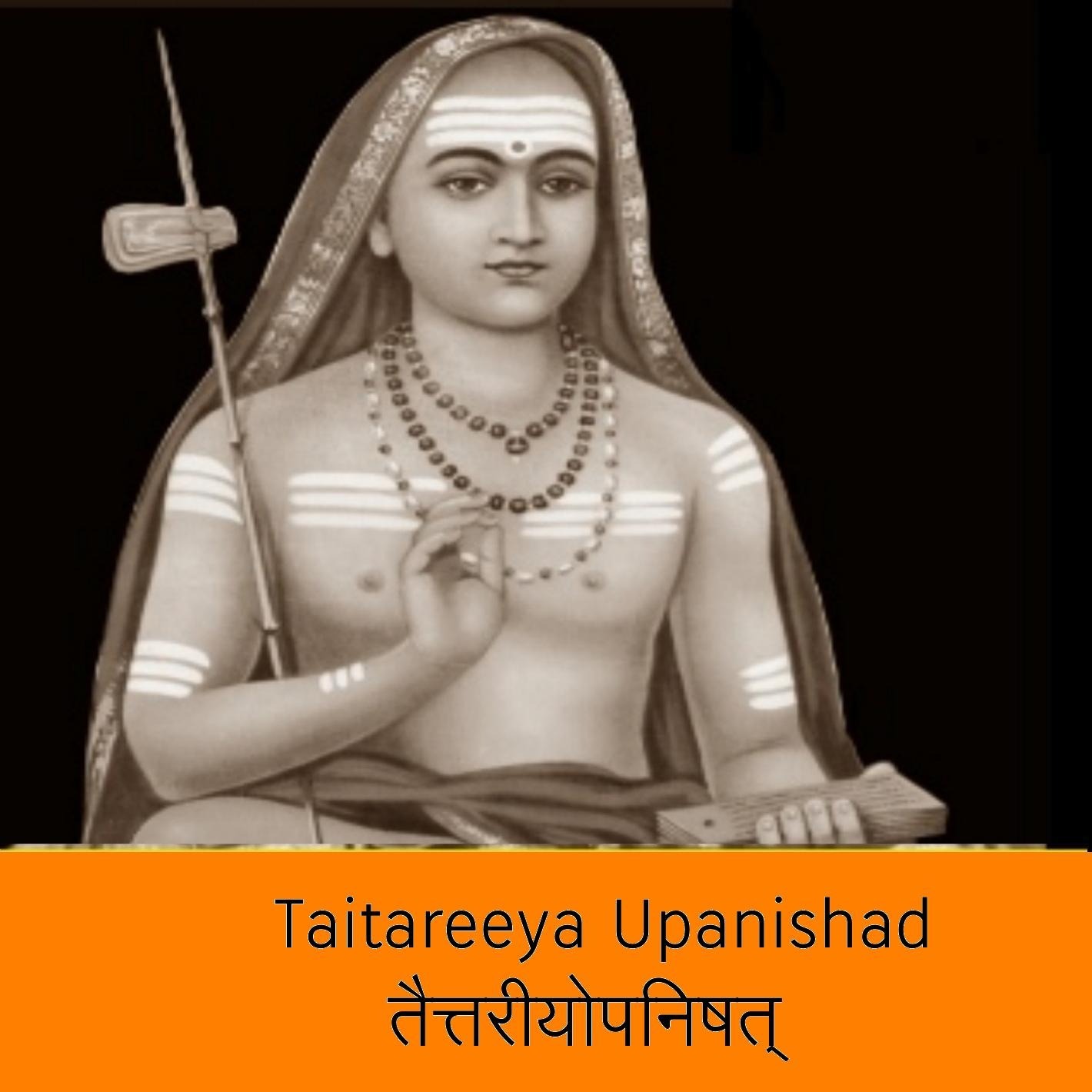
Taittareeya Upanishad 25
Continuing the discussion on "Asat Brhameti chet veda" "Asti Brahmeti chet Veda" i.e "Also Non-existence is to be known as Brahman"; "Also Existence is Brahman", how these words needed to be interpre…

Taittareeya Upanishad 24
Continuation of Anandamaya Kosa, i.e. the bliss sheath. The confusion of Brahman being not in the realm of transaction can make it Void and how to address this is being discussed.
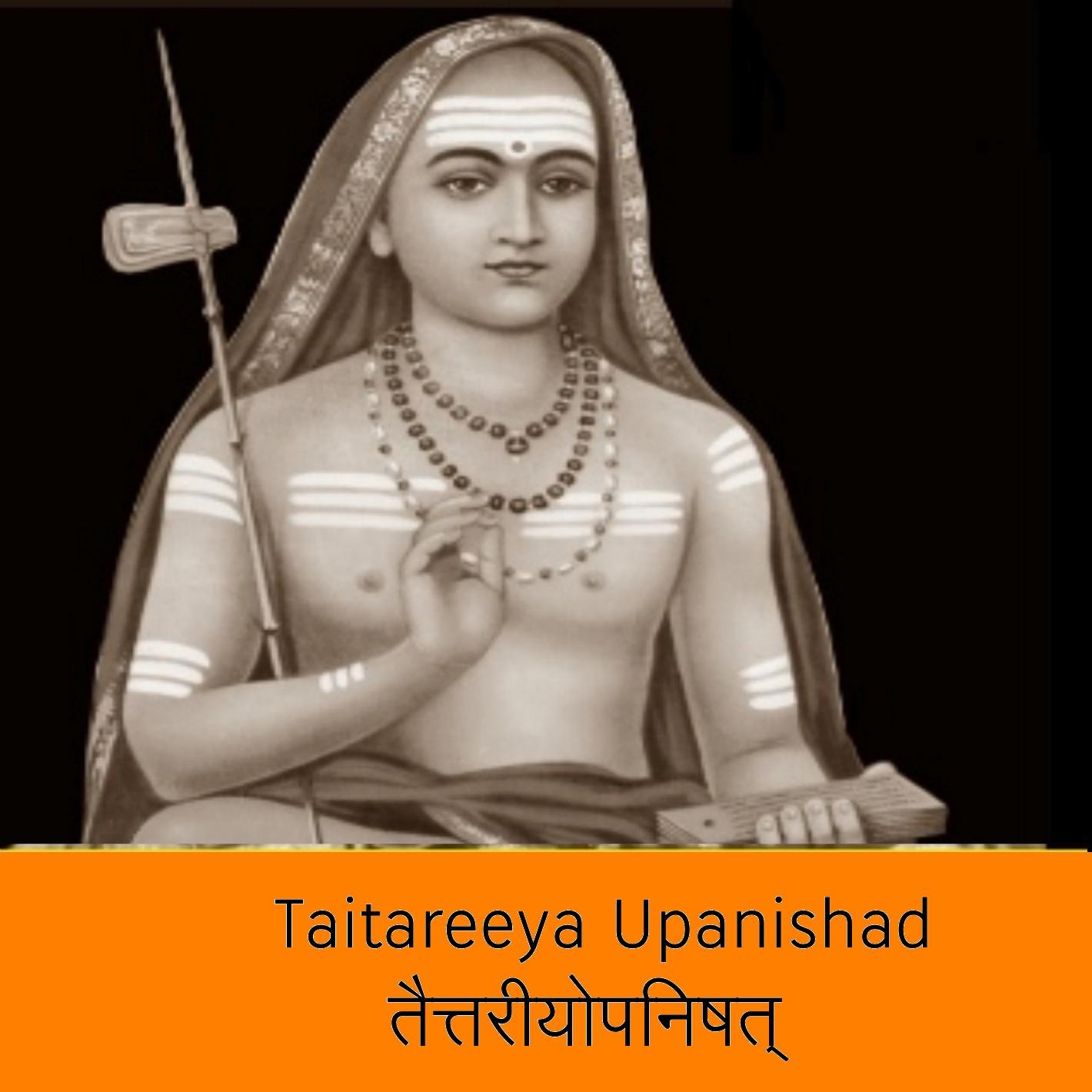
Taittareeya Upanishad 23
Description of Anandamaya Kosa i.e sheath of bliss which should not be confused with the Bliss of Atman or Brahman.
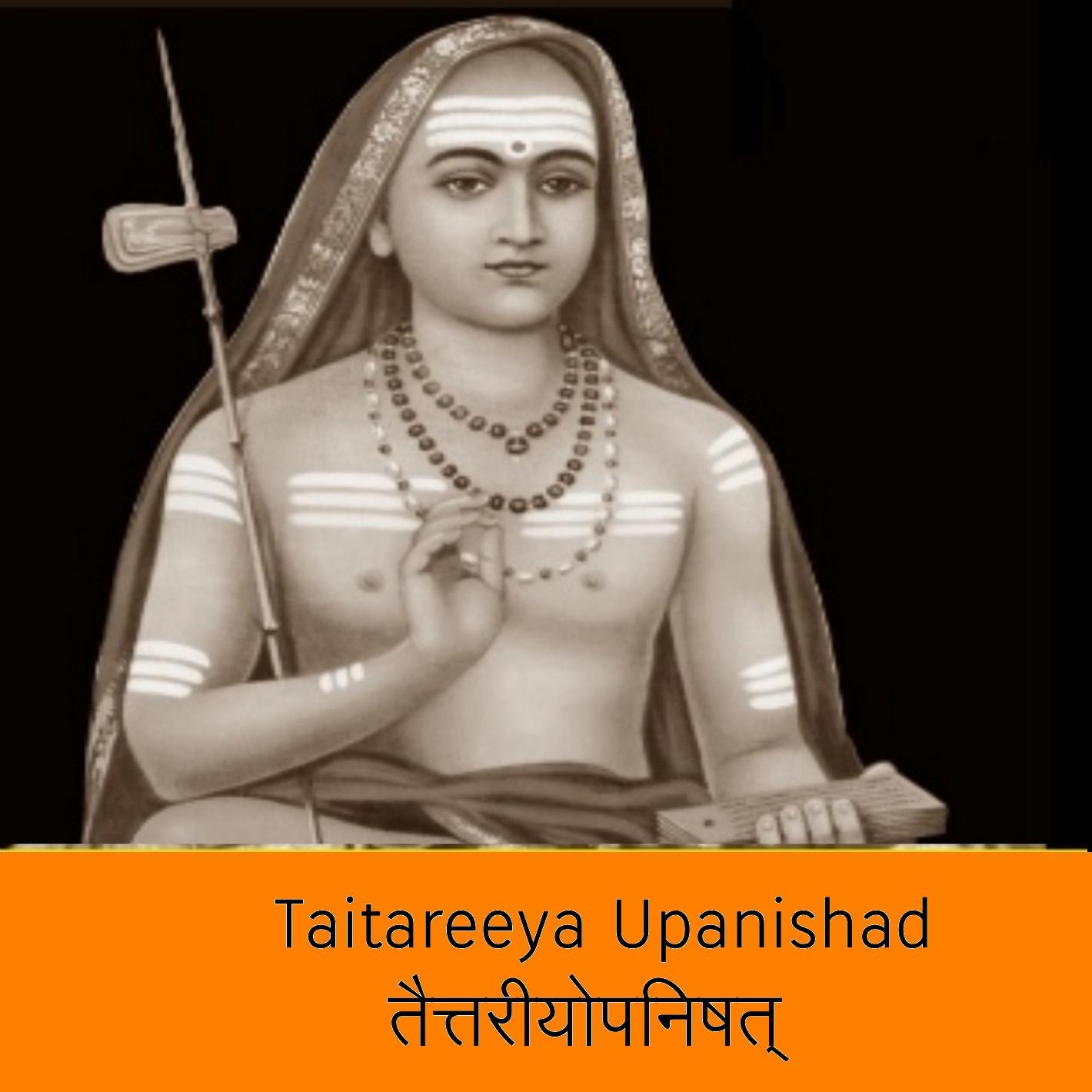
Taittareeya Upanishad 22
Description of Manonaya Kosa and Vijnanamaya Kosa, ie. the mental sheath and sheath of Understanding for meditation on Brahman
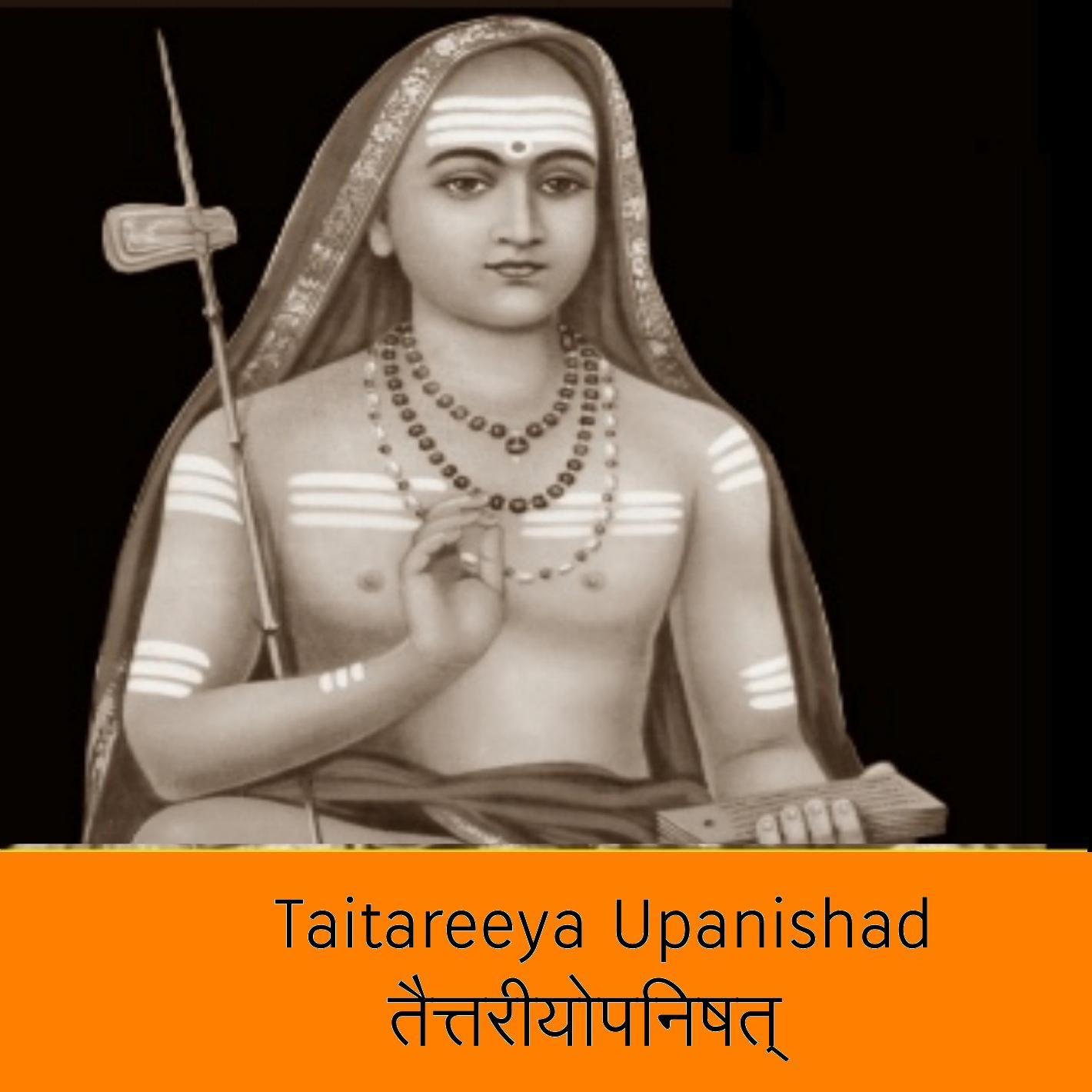
Taittareeya Upanishad 21
Description of Annamaya and Pranamaya Kosa, i.e.the food sheath and vital air sheath for meditation to transcend the identifications of human identity error
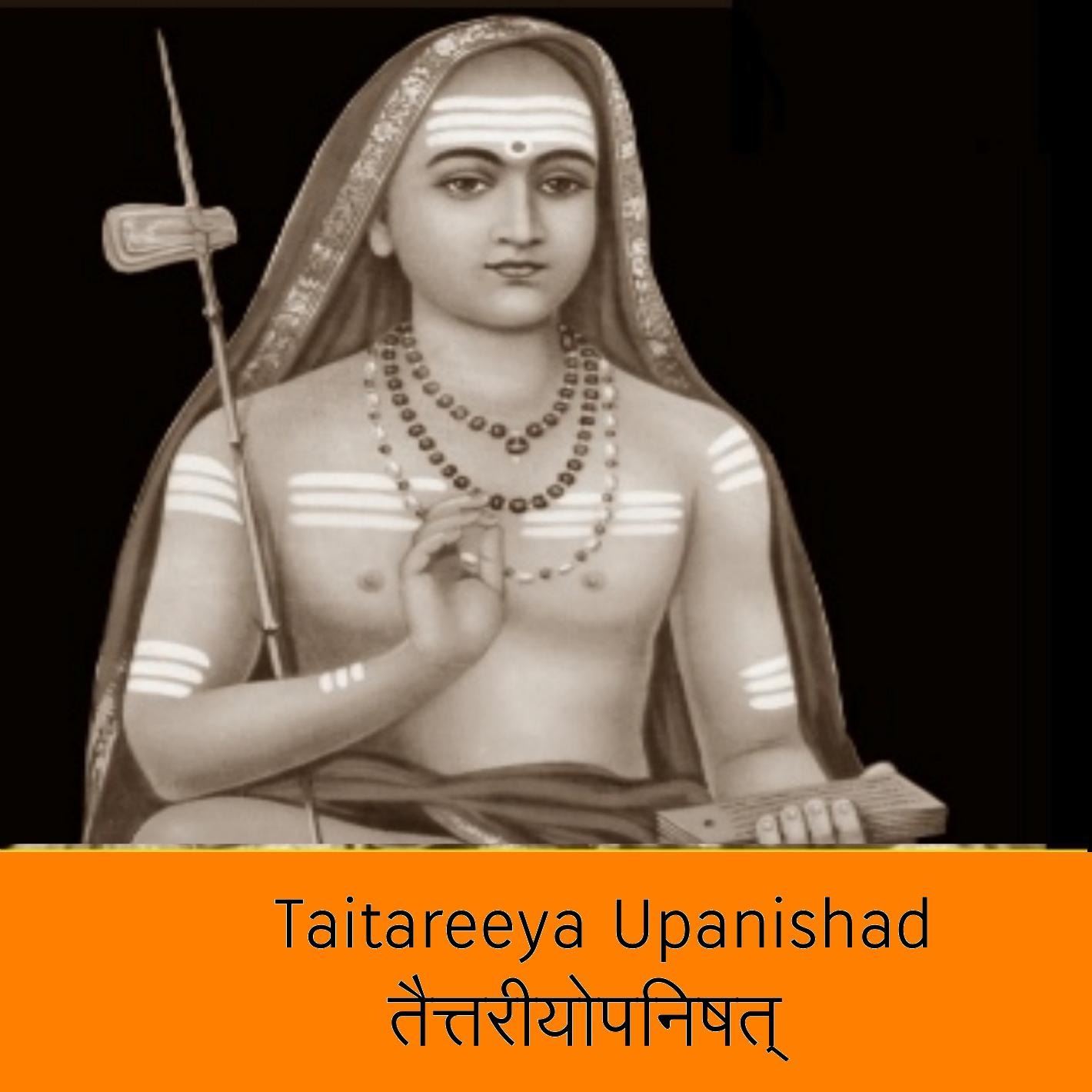
Taittareeya Upanishad 20
Discussion on Annamya Kosa or food sheath in the Pancakosa vivarana or the five sheath creation.
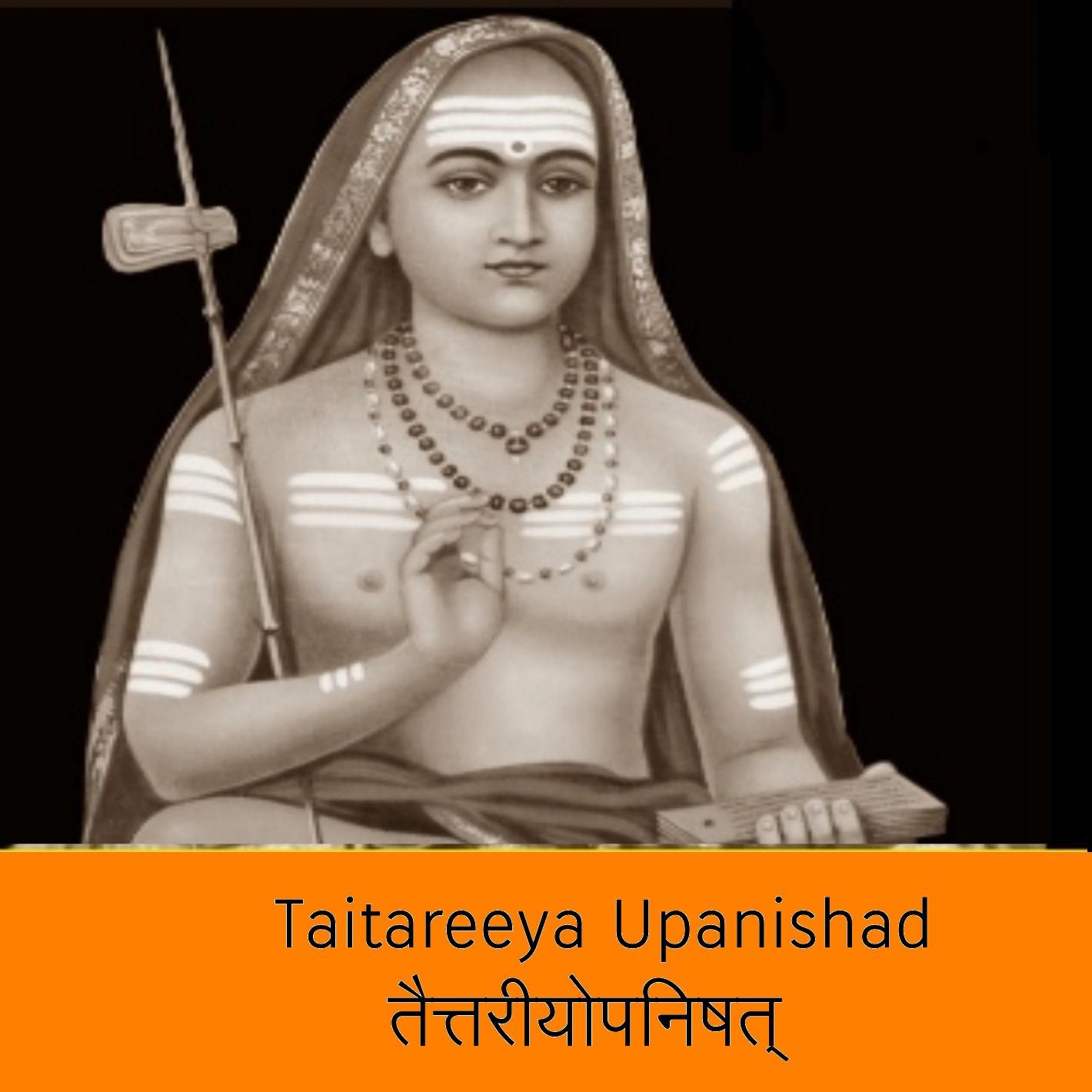
Taittareeya Upanishad 19
The stages of creation leading to the identification of the five sheaths of human experience is dealt with in this episode
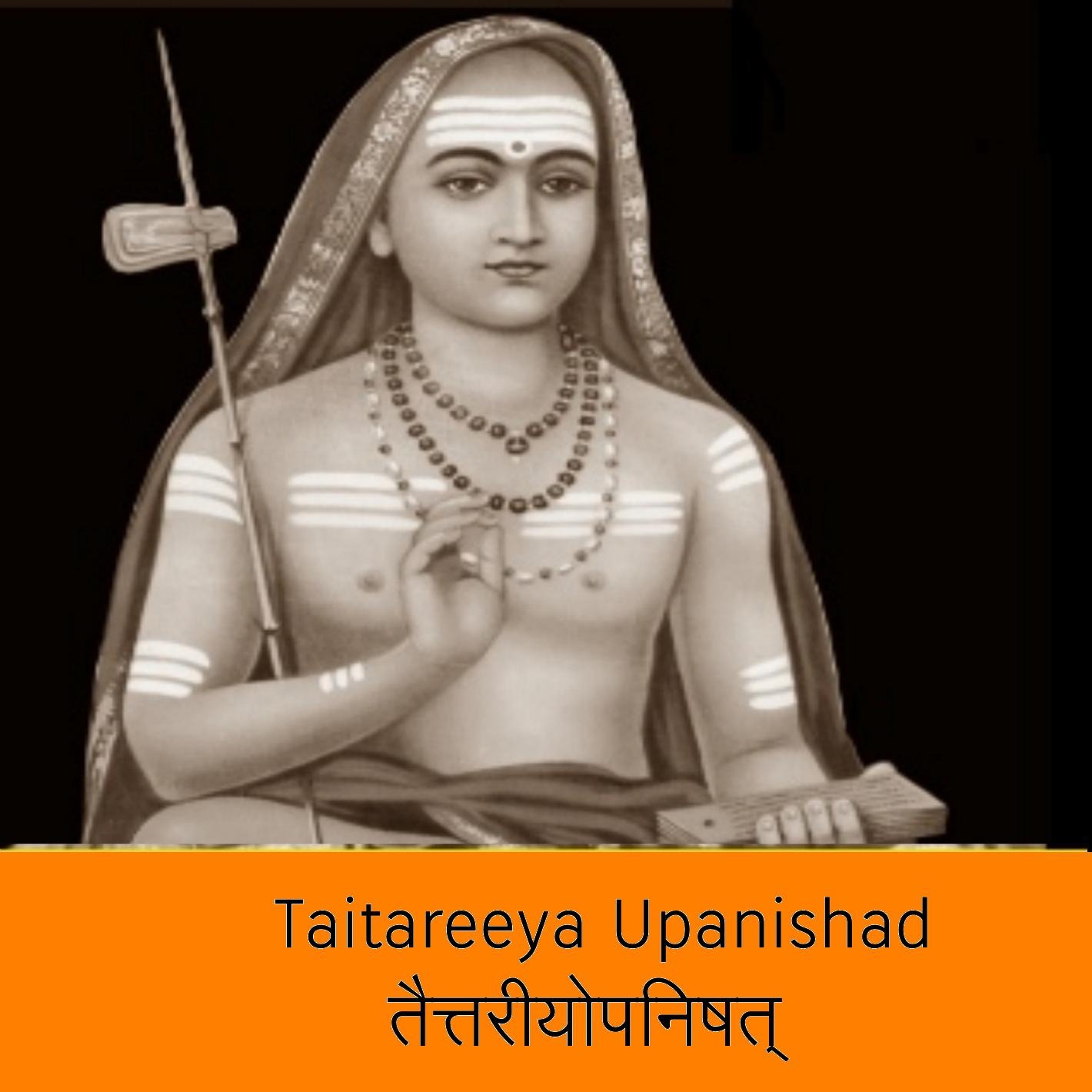
Taittareeya Upanishad 18
Explanation of how to understand creation from the point of view of Brahman or Atman and the word Mithya in the context of creation. Also the cause and effect from the view of Spiritual Science
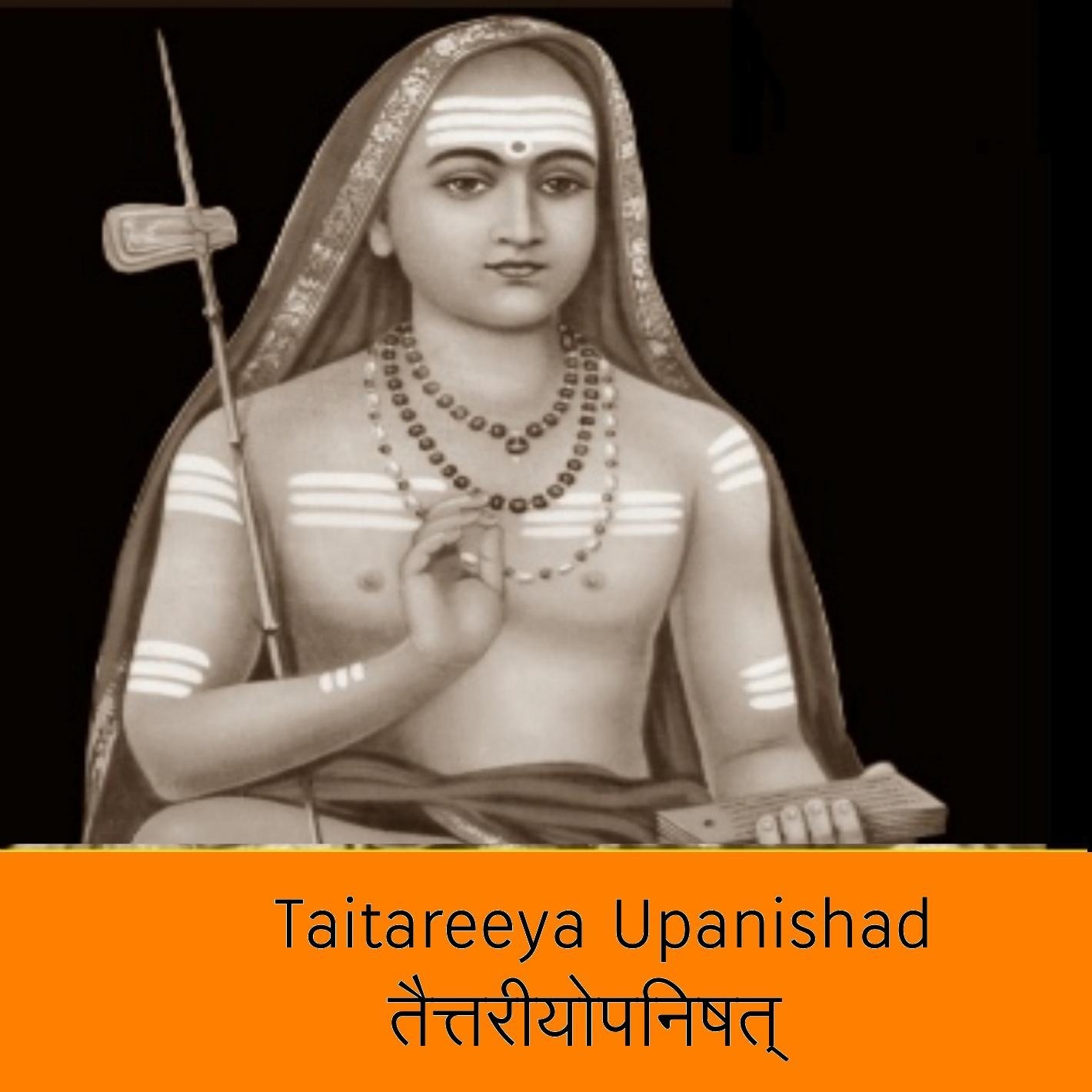
Taitareeya Upanishad 17
निहितं गुहायाम् सर्वान् कामान् सह अश्नुते is being discussed. The relationship between the heart and space also how the knower of Brahman becomes the enjoyer of all desires instantly is explained.
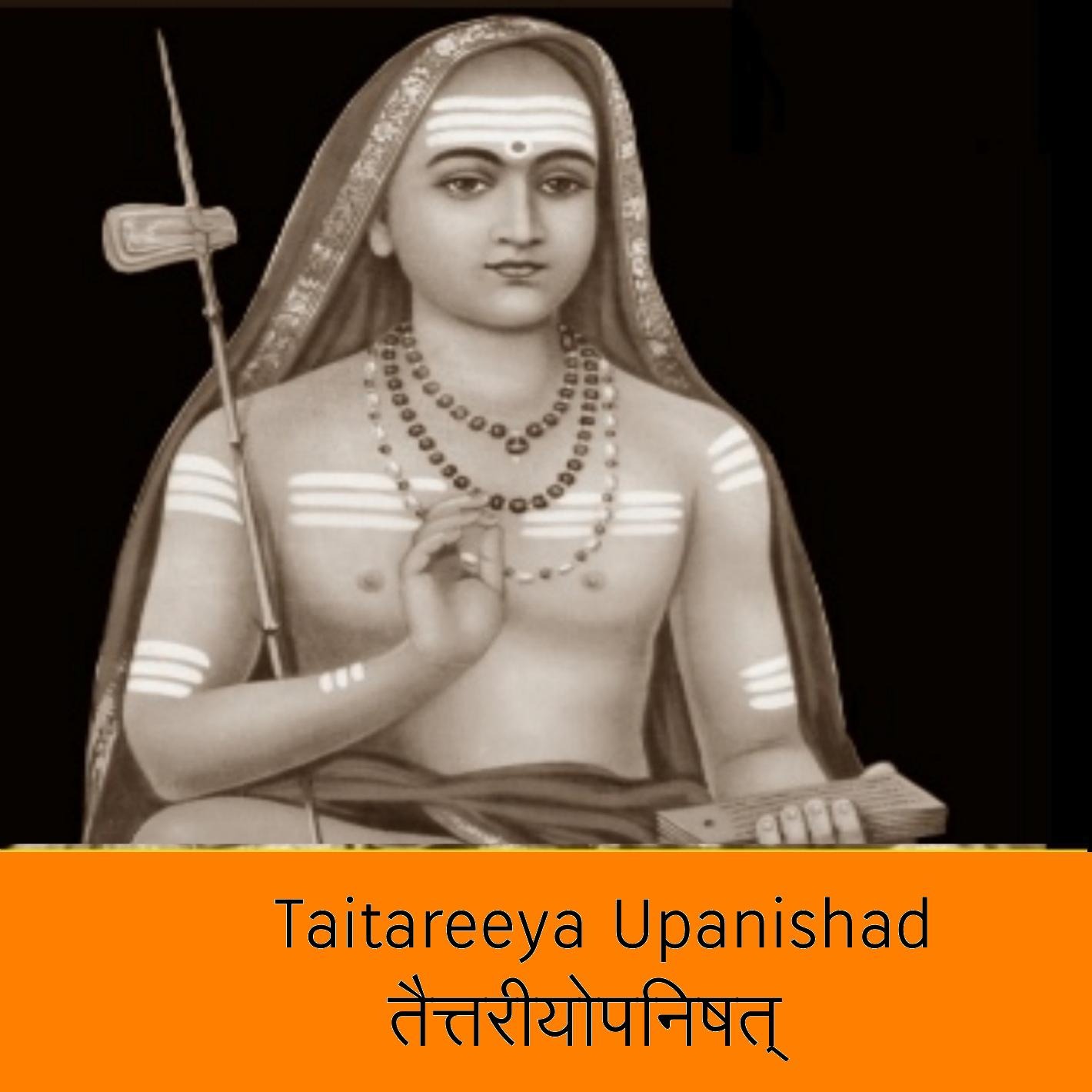
Taitareeya Upanishad 16
What is सर्वज्ञः Sarvajna as per Advaita is explained
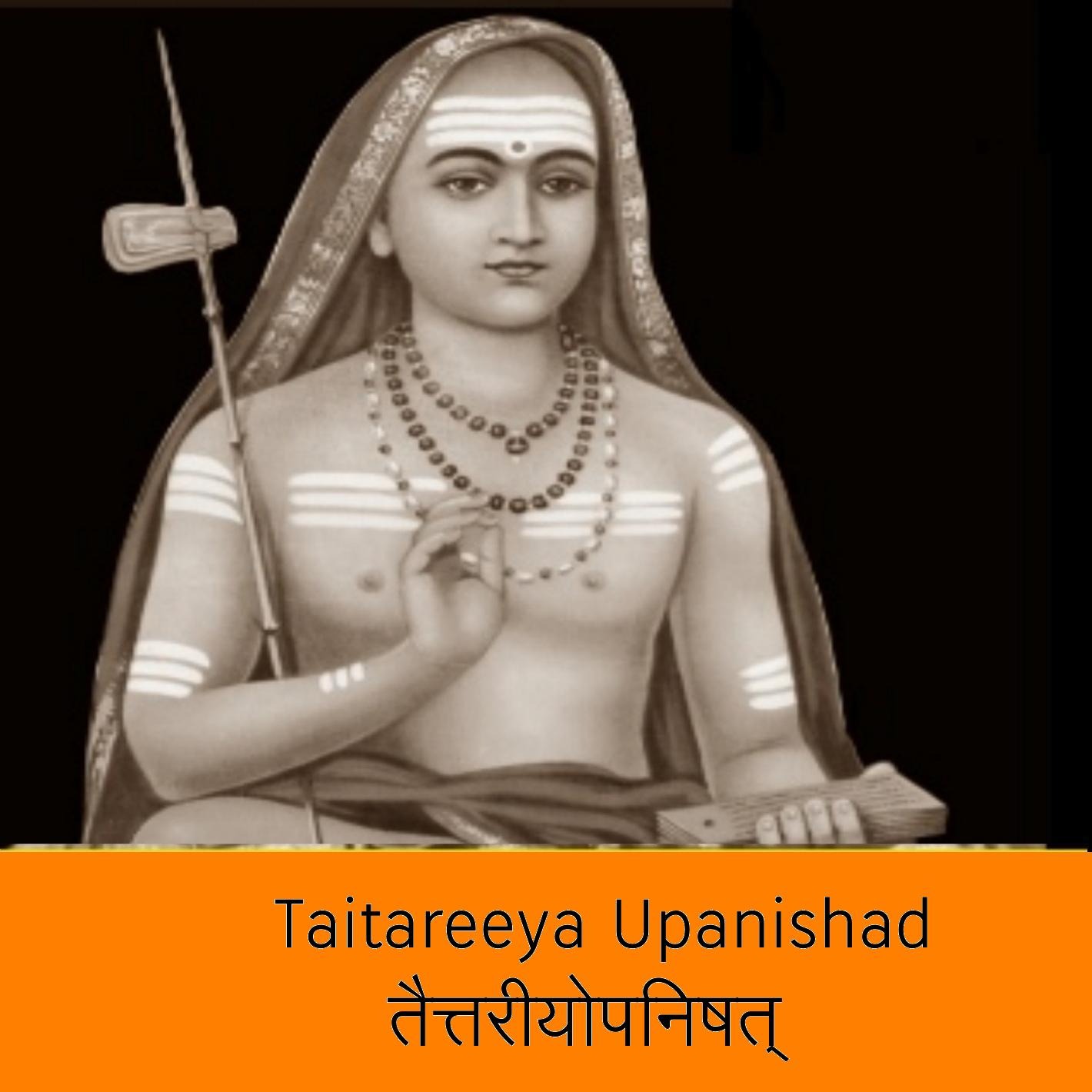
Taitareeya Upanishad 15
The Difference between Knowledge at the mind level and how it is NOT the Knowledge or Awareness of the Self

Taitareeya Upanishad 14
Introduction the Brahmananda Valli continues.
"तस्माद् एतस्मादात्मन" why did the Upanishad shift from Brahman to Atman is being discussed.

Taitareeya Upanishad 13
Introduction to Brahmananda Valli Continues
सत्यं ज्ञानं अनन्तं ब्रह्म । explanation is concluded